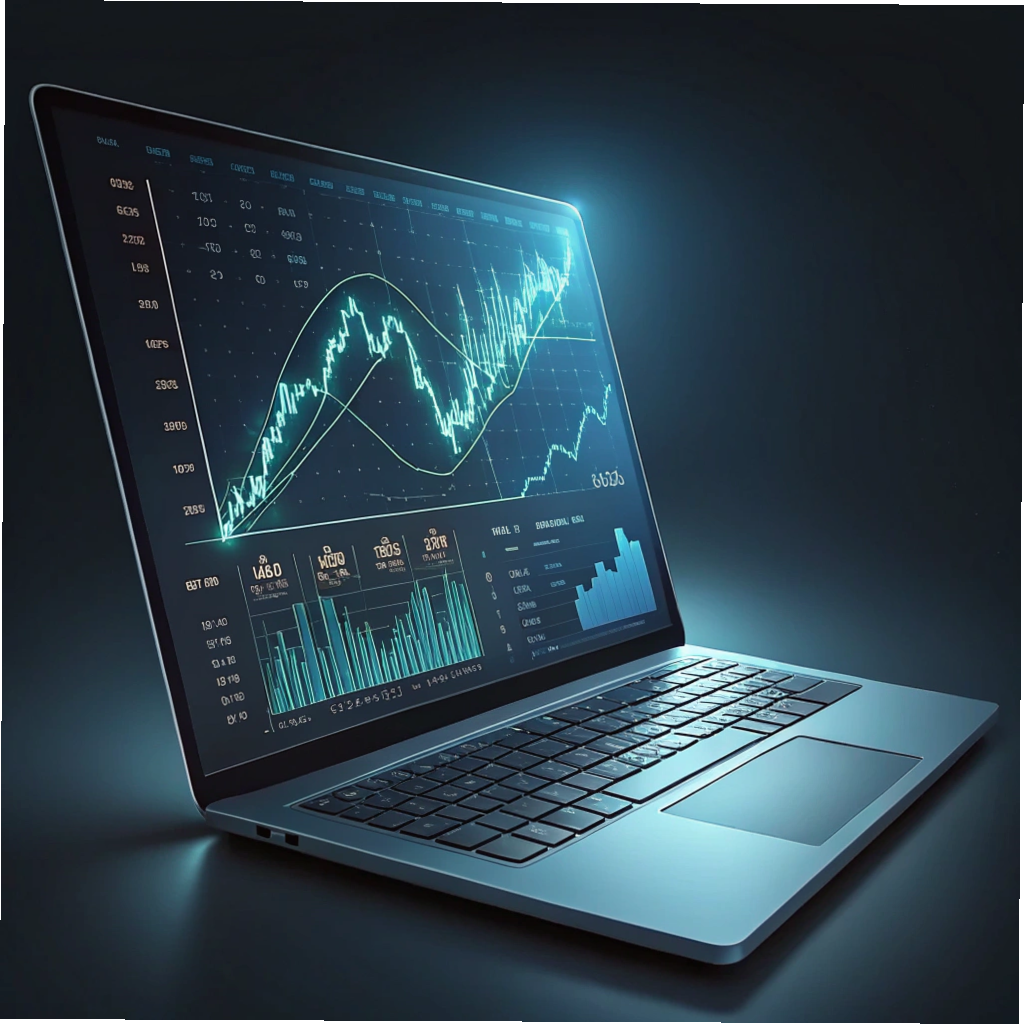In today’s fast-paced financial markets, traders are constantly looking for ways to make timely, informed decisions. Trade signals—whether generated by humans or algorithms—have become essential tools in modern trading. But what exactly are they, how do they work, and how can you use them wisely without falling into common traps? Let’s break it all down.
Understanding Trade Signals
Trade signals are more than just buy or sell cues—they represent calculated insights based on market data, helping traders act with confidence rather than impulse.
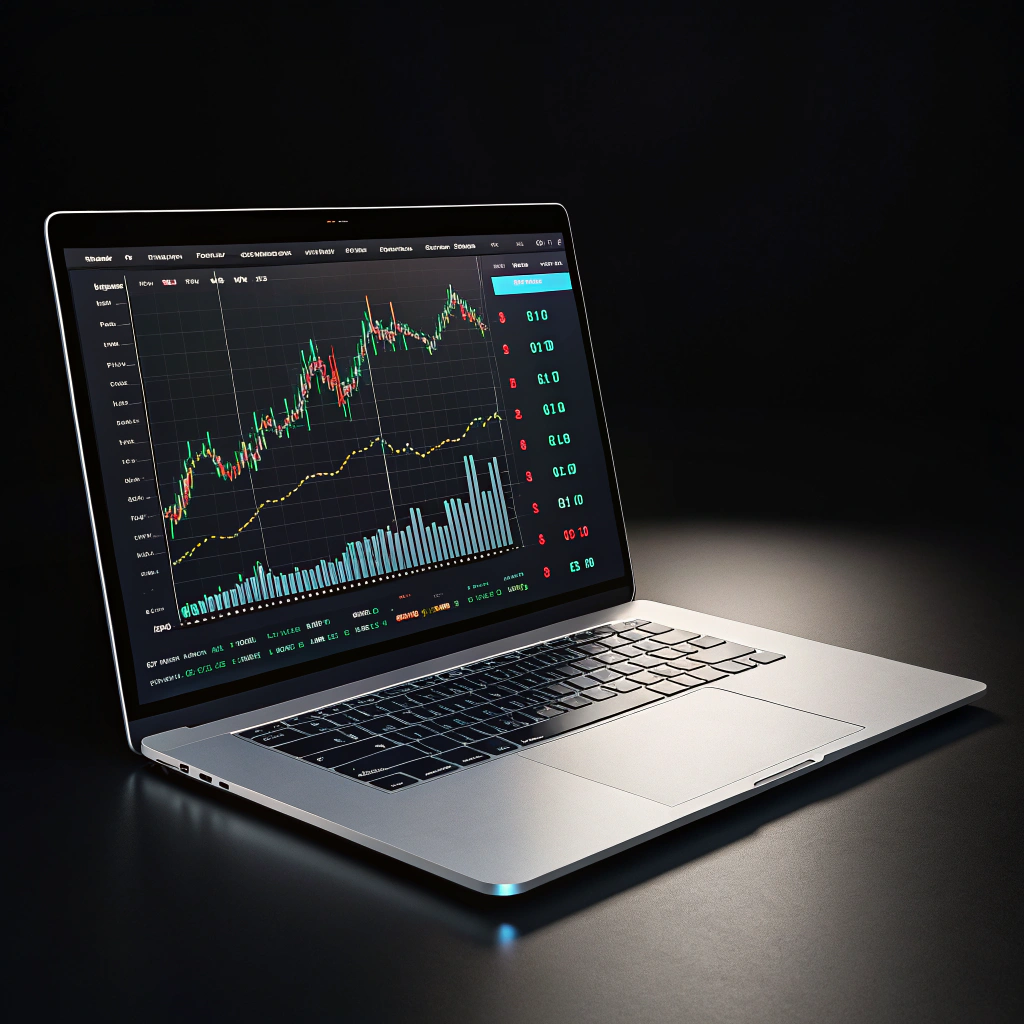
Definition and Core Concept
A trade signal is an alert or suggestion that indicates a potential opportunity to buy or sell a financial asset. These signals are generated using technical indicators, fundamental data, or a combination of both, and are designed to help traders capitalize on market trends or price movements.
How Trade Signals Differ Across Markets
Different markets generate and interpret trade signals uniquely. In forex, signals often focus on currency pair volatility and macroeconomic indicators. In stocks, they may hinge on earnings reports or moving averages. Crypto signals frequently rely on social sentiment and technical patterns due to the market’s volatility.
How Trade Signals Work
Understanding the mechanics behind trade signals is key to using them effectively. It’s not just about receiving alerts—knowing how they’re built matters.
Signal Generation Methods
Trade signals are generated through:
- Manual Analysis – Provided by professional analysts based on chart patterns, news, and market behavior.
- Automated Systems – Algorithms programmed to detect specific technical or fundamental criteria.
Analysis Techniques Behind Signals
Signals often rely on tools such as:
| Analysis Type | Common Tools Used |
| Technical Analysis | RSI, MACD, Bollinger Bands |
| Fundamental Analysis | Earnings, GDP reports, interest rates |
| Sentiment Analysis | Social media trends, news sentiment |
Each method has strengths and weaknesses, and many signals combine multiple techniques for added accuracy.
Delivery and Execution Processes
Signals are typically delivered via:
- Mobile apps or email alerts
- Trading platforms with integrated tools (Meta5 download for seamless signal routing and one‑click execution)
- Telegram or Discord channels (popular among crypto traders)
Some providers even offer automated execution, where trades are placed automatically based on the signal.
Types of Trade Signals
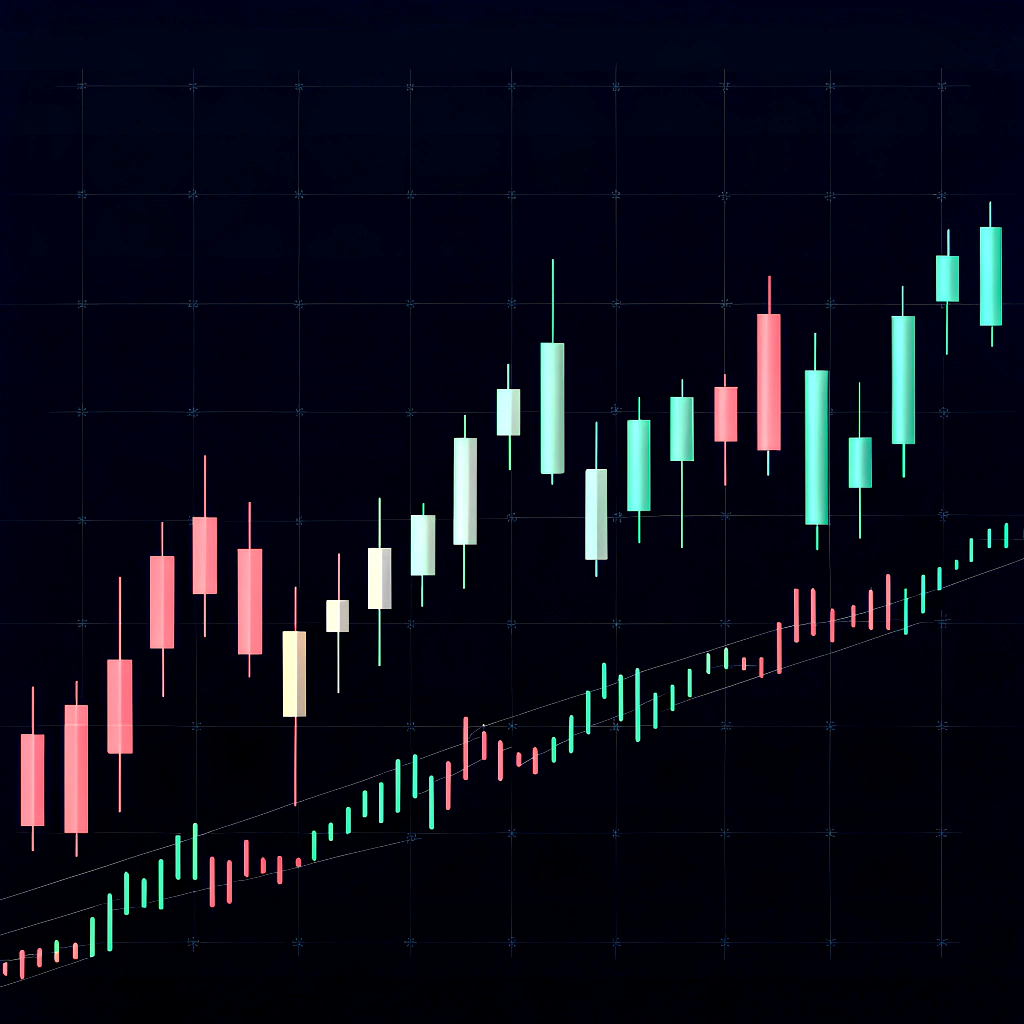
There is no one-size-fits-all signal. The type you choose should align with your trading style and the asset class you focus on.
Technical Analysis Signals
These are based on chart patterns and indicators, such as moving averages, support/resistance levels, and oscillators like the RSI. Ideal for short-term traders.
Fundamental Analysis Signals
Used for longer-term trades, these signals are based on macroeconomic data, earnings reports, interest rates, and news events.
Sentiment-Based Signals
These rely on the emotional tone of the market, measured through volume spikes, trader positioning, or social media chatter. Common in forex and crypto.
Algorithmic and AI-Driven Signals
Generated by complex algorithms or AI models that scan massive datasets, identify patterns, and react in real time—often used in high-frequency trading.
Benefits of Using Trade Signals
When applied correctly, trade signals can enhance your trading experience significantly.
Time-Saving and Efficiency
Signals cut down research time, helping you react faster to market opportunities without having to watch charts all day.
Strategy Enhancement and Accuracy
Signals often support or reinforce your own analysis, adding a second layer of validation that increases trading precision.
Market Insight and Decision Support
Even if not followed blindly, signals can highlight new market opportunities and support data-driven decision-making.
Risks and Common Pitfalls
Relying solely on trade signals comes with real risks—awareness is your best protection.
Overdependence and Signal Noise
Using too many conflicting signals can lead to analysis paralysis. It’s crucial to filter out irrelevant or redundant alerts.
Scams and Unreliable Providers
The market is flooded with unregulated providers. Many promise unrealistic returns with no track record or transparency.
Delays and Market Volatility
In fast-moving markets, delayed signals can result in missed opportunities or poor entries—especially with free or poorly built tools.
Essential Tips for Using Trade Signals Effectively
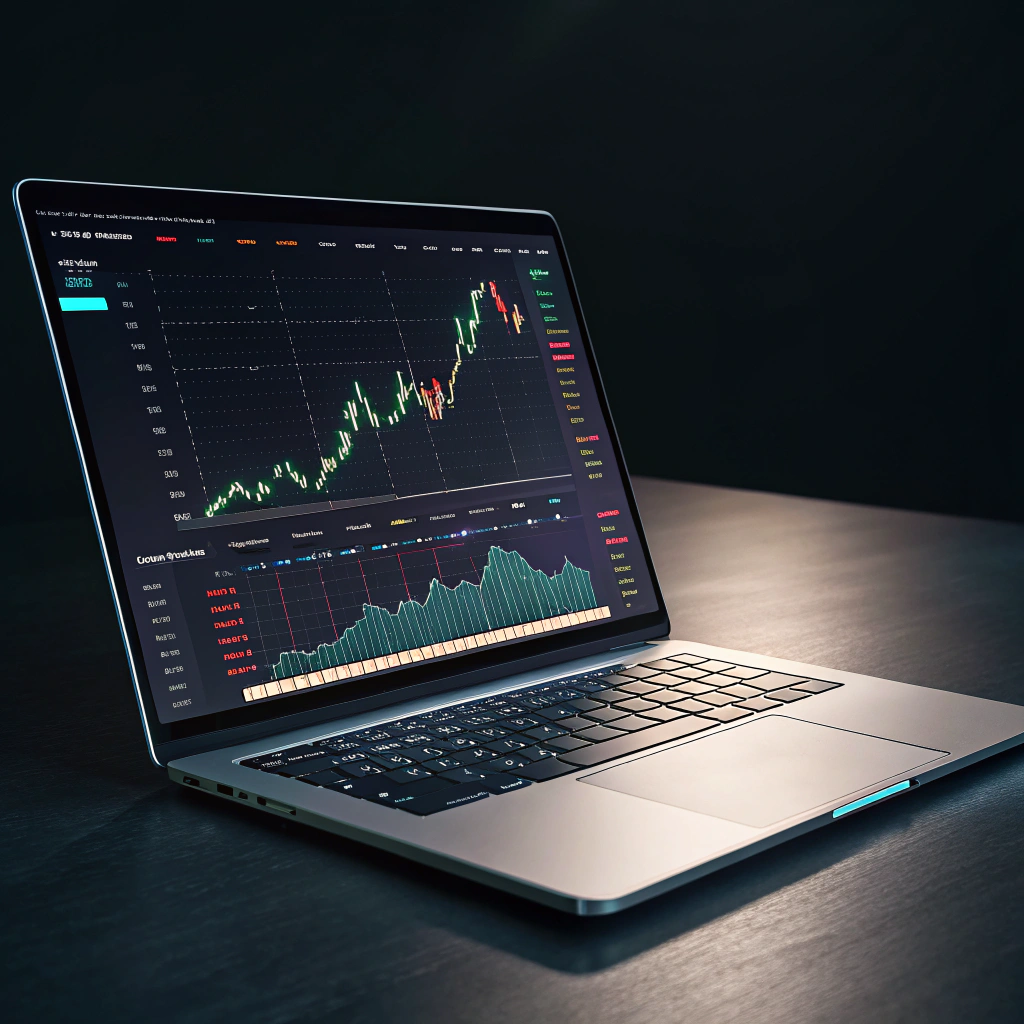
To make the most of trade signals, traders must approach them thoughtfully and strategically.
Combine with Personal Analysis
Never rely solely on a signal—use it to support your own research and trading logic.
Define Clear Risk Parameters
Always pair signals with stop-loss, take-profit levels, and risk-reward ratios to manage exposure.
Test Signals Before Real Use
Use a demo account or paper trading to evaluate signal performance over time.
Stay Updated with Market Trends
Markets evolve, and so should your approach. Regularly review and adapt the tools and signals you rely on.
Choosing the Right Signal Provider
Finding a trustworthy provider is essential for effective signal-based trading.
Performance History and Accuracy
Look for providers with verified historical results and a consistent win rate—not just hype.
Transparency and Methodology
Understand how signals are generated. Are they based on technical rules, news, or AI? Clear logic builds trust.
Support, Communication, and Pricing
Quality providers offer responsive support, transparent pricing, and educational resources—not just signal dumps.
Integrating Signals Into Your Trading Strategy
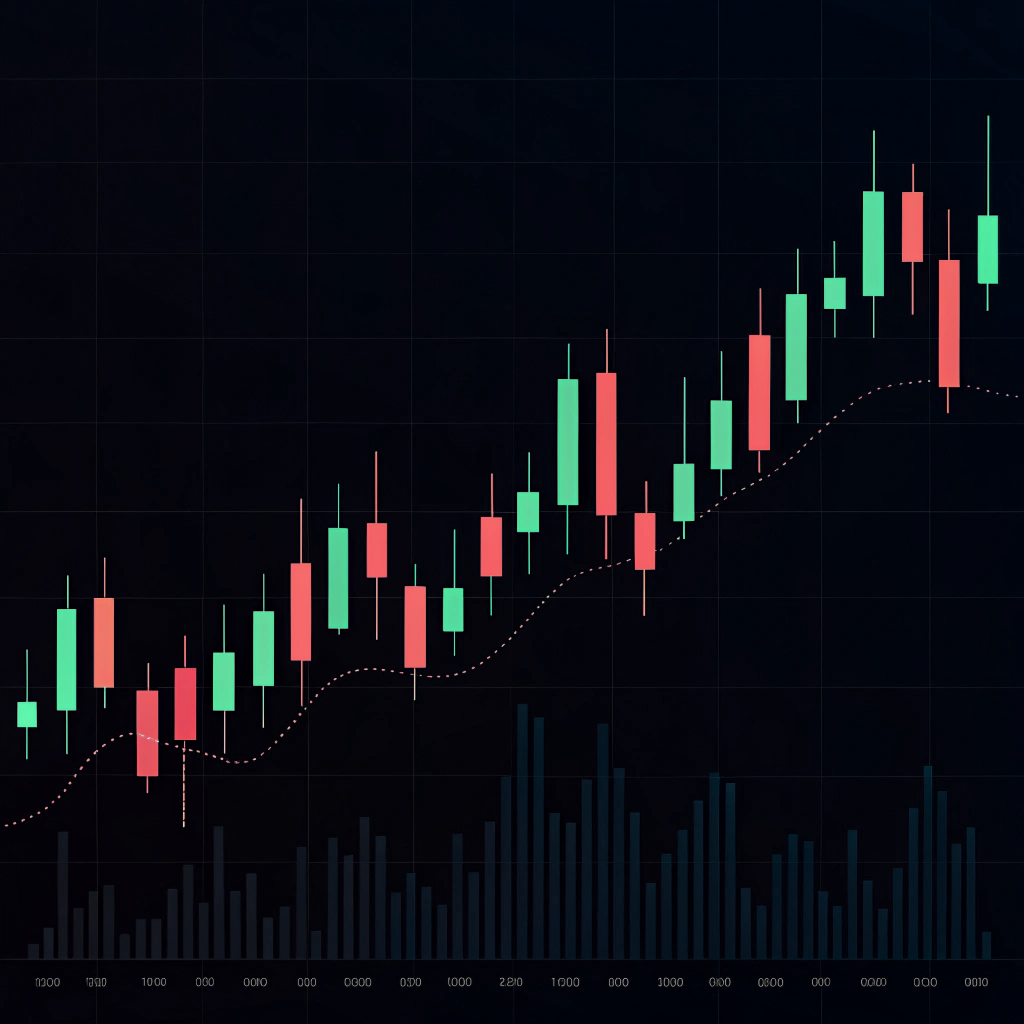
Signals are tools, not crutches. Integration with your broader strategy ensures you’re in control.
Aligning with Your Goals and Style
Match signal types with your risk appetite and preferred trading timeframe—don’t chase signals outside your comfort zone.
Portfolio Diversification
Use signals across different asset classes to reduce risk. Relying on one market can amplify losses during drawdowns.
Ongoing Monitoring and Adjustment
Markets shift, and signal performance may degrade over time. Review outcomes monthly and adjust accordingly.
Regulatory and Ethical Considerations
Signals operate in a grey area—be aware of compliance and ethical standards.
Licensed vs. Unlicensed Providers
Choose signal services registered with financial authorities where possible. Unlicensed providers are riskier and often lack accountability.
Adhering to Compliance Standards
Ensure signals are compliant with regulations in your trading jurisdiction. Avoid providers that encourage reckless leverage or violate trading platform rules.
Final Thoughts on Using Trade Signals Wisely
Trade signals can be powerful tools when integrated into a disciplined, well-informed trading approach. They’re not a shortcut to easy profits but can serve as a valuable component in your decision-making arsenal. Focus on using them wisely—support your own analysis, manage risk thoughtfully, and continuously learn from both successes and setbacks.

